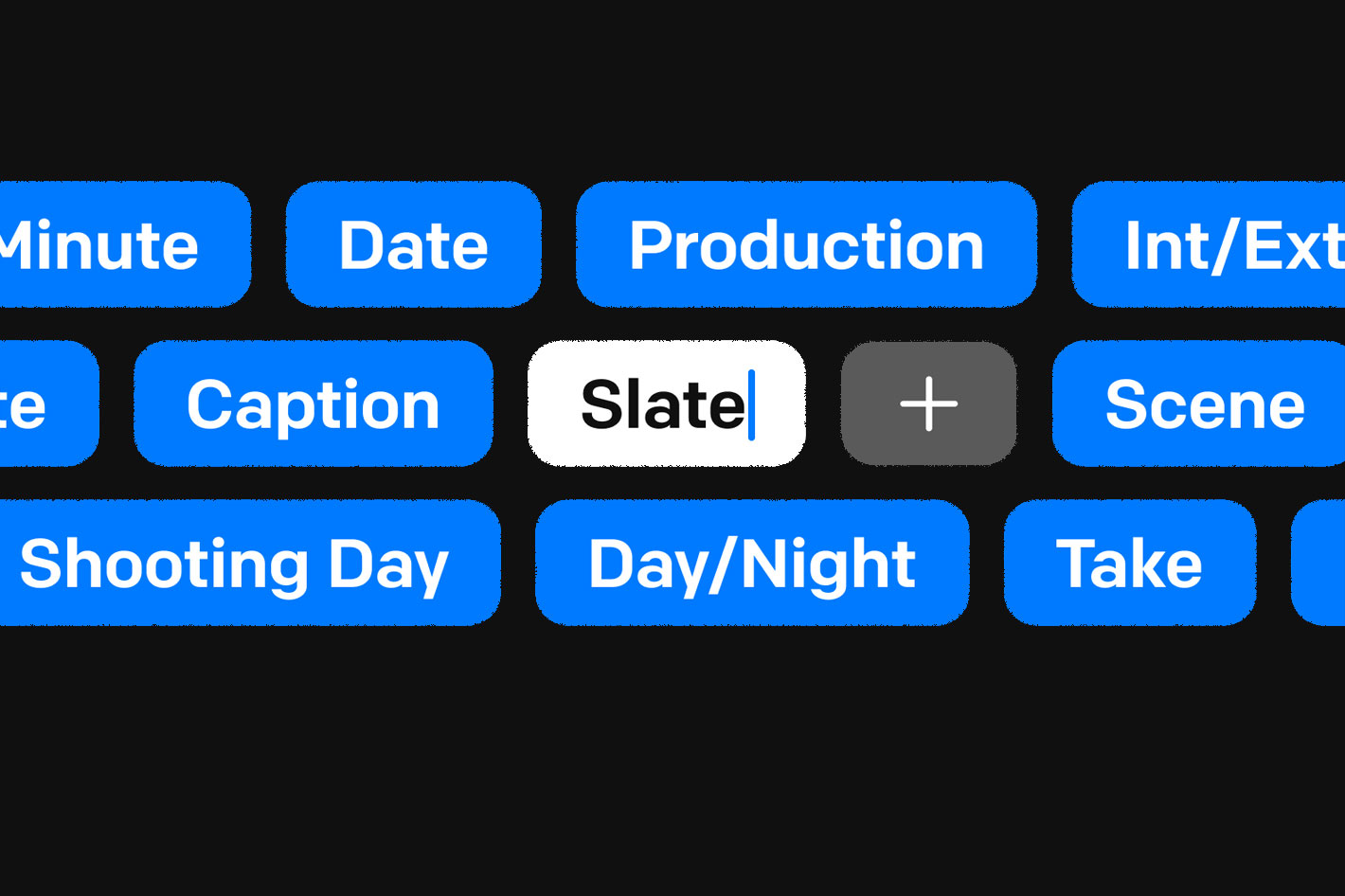
Creator of smart, intelligently designed software for video professionals, Hedge has updated its suite of tools for filmmakers and video professionals: Hedge Elements, EditReady RAW, and Canister Spanning. Driven by customer demand for new features, these latest updates address common challenges today’s modern video editor faces:
- Dealing with unorganized media that requires custom-built metadata fields.
- RAW transcoding.
- Ensuring individual media archives can span multiple LTO tapes.
“Hedge customers have been a driving force in our product development and roadmap from day one,” said Paul Matthijs, co-founder and CEO of Hedge. “These product releases are a direct result of their most popular (and persistent) requests, and customers actively helped in testing these releases in their workflows. Today, we’re proud to announce Hedge Elements, EditReady RAW, and Canister Spanning and Preflight Checks: three major updates that we can pretty much guarantee will make your life as a video professional easier.”
Here is some more information shared by Hedge, related to the updates:
Hedge Elements
Elements are Hedge’s term for the varied and customizable metadata that users can now associate (and keep) with a file to clarify the role of that file to other creative and technical professionals later in the workflow.
Keeping track of files: knowing what they’re for, where they’ve come from and why they’re important, is a critical part of a modern video workflow. Hedge customers reported that this is a serious and growing problem, forcing editors to spend valuable creative time naming and annotating incoming files. To ensure that video files always have the correct information, tailored to the specific needs of an individual workflow, this release of Hedge introduces Elements.
Crucially, people who receive files can now specify what elements of information they need to organize and process those files. They do this by creating a preset that they send to Hedge operators during the data transfer. As Hedge moves data from camera cards and other storage sources, a “review” panel will pop up to prompt the operator to insert the required data.
Presets are a way for future recipients to communicate with those responsible for sending the data to them. They ensure that files are correctly labeled. Elements can include user-inputted information and “intrinsic” data like date, etc.
Hedge Elements is ideal for organizations that need their video files to conform to their organizational structures and procedures, whether ad hoc or rigidly formal. Anyone who needs their files organized will find Hedge helpful.
EditReady RAW
EditReady, a transcoding application that’s popular because it’s easy to use and blazingly fast, now supports RAW video, including ARRI RAW, Codex HDE, ProRes RAW, and RED R3D, and Blackmagic RAW.
The latest release, which is also the first new version of EditReady since it became part of Hedge, solves the problem of converting RAW footage quickly into an editable format.
It isn’t possible to edit RAW directly. First, it has to be processed and adjusted to a format and “look” that suits the editor and the editing workflow.
EditReady quickly and reliably converts camera RAW footage into the Log format native to the camera manufacturer. Log workflows are simple and well established. For NLEs that don’t support a particular flavor of RAW, film and videomakers can convert, for example, Blackmagic RAW to Apple ProRes, quickly and accurately.
EditReady’s new ability to transcode RAW formats will provide an essential new workflow tool for a wide spectrum of digital filmmakers.
LTO is an advanced storage technology that’s scalable to hold vast amounts of data. It is an ideal medium for individual filmmakers, production companies and post-production facilities to archive valuable footage.
Until Hedge released Canister, an easy-to-use, drag-and-drop interface and cataloguer for LTO, users were held back by an unfriendly, overly technical software experience. Canister has been transformative for LTO users, and now it supports Spanning – the ability to span file transfers across multiple tapes.
Until now, LTO users have had to carefully assess whether their archive material will fit onto individual tapes. But now, Canister takes the friction out of the process by automatically assigning files to multiple tapes.
Canister prompts users to insert a new LTO tape when needed and keeps a catalog of the tapes and files so that when the material has to be retrieved, the user can insert the LTO tapes required to restore the archive. This removes an entire layer of complexity from the archive process and is a massive step towards making LTO a universal archive medium for filmmakers and post-production facilities.
An essential benefit of Canister is that it doesn’t use a proprietary database to track files on LTO tapes. Software that requires a database limits the users’ ability to restore LTO tapes on other manufacturers’ systems. Instead, Canister creates a catalog of files, which becomes part of the host computer’s file system – so it’s universally available and frees up stored files from proprietary lock-ins.
Also in the new release: Preflight Checks. LTO users can find it hard to keep up with OS, interconnects, and firmware revisions. Preflight Checks helps to ensure that everything is set up and fully functional.
LTO is the answer to the rapid growth in the size and number of video files. The new version of Canister is another huge step in making LTO the default archive choice for video professionals.
To learn more about Hedge’s new offering, please visit https://hedge.video/.

